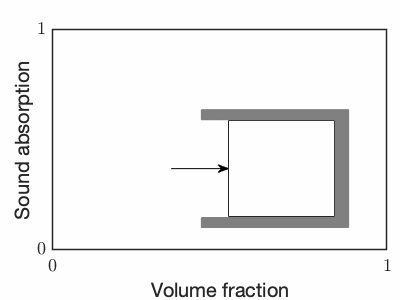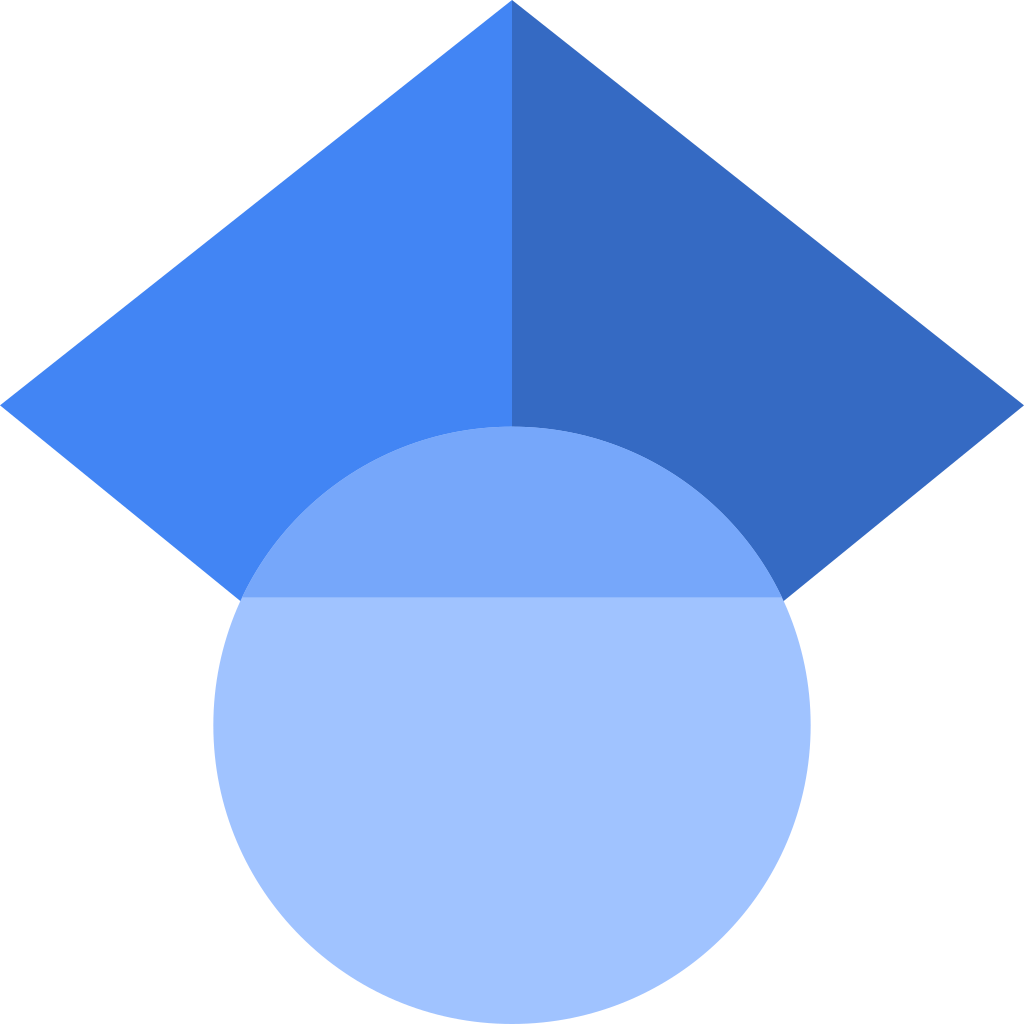Vivek T. Ramamoorthy
Research

I explore artificial intelligence methods (metaheuristics, machine learning) for the shape and topology optimisation of lightweight mechanical structures especially sound-absorbing porous material structures.
Interactive Demos
I find happiness in helping students understand complex technical concepts deeply. I make interactive web demos to make learning fun. Check them out if you are interested.🙂
Fascinating concepts
I am fascinated by science and nature. I love learning new and
interesting concepts. If you do too, you might like a compilation of
concepts that I found fascinating. If you think I
should check something out,
let me know
! 🙂


